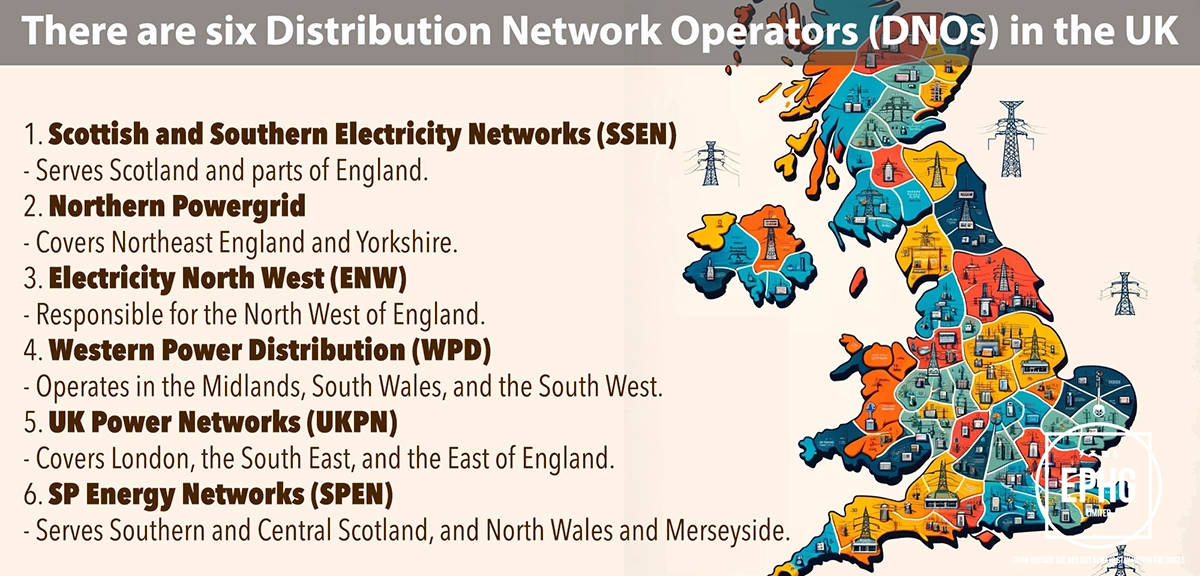
DD Postcodes for Utilities & Services in Dundee
Introduction: The DD postcode area, encompassing Dundee and its nearby locales, provides a comprehensive overview of utilities such as water and electricity. This section offers essential insights and updates for local residents.
Water in Dundee
Where does the water supply come from in Dundee and is there ever a shortage of water?
In Dundee, the primary water supply is sourced from the River Tay, one of Scotland's largest rivers. The area benefits from several reservoirs and water treatment facilities that ensure the water is clean and safe for consumption before it is distributed to homes and businesses. Dundee's water supply system is robust, but like many regions, it can be affected by factors such as seasonal changes, climate change, and urban development. Although the city has managed to avoid significant shortages in recent years, water conservation remains a priority. The local authorities and Scottish Water encourage residents to be mindful of their water use to sustain the supply and manage resources effectively, especially during unexpected dry spells or increased demand.
What is the hardness & quality of the water in Dundee and can this affect your health?
The water in Dundee is generally soft, thanks to its source from the River Tay and surrounding reservoirs, which do not pass through limestone or chalk areas. This means there is a lower concentration of calcium and magnesium, reducing the likelihood of scale buildup in pipes and appliances. Dundee's water is subject to rigorous testing to ensure it meets strict safety and quality standards, protecting residents from contaminants and pollutants. While soft water is better for skin conditions and more efficient for washing, it lacks the minerals found in harder water. Nonetheless, the health impact is negligible, and necessary minerals can be consumed through a well-rounded diet. Local authorities and Scottish Water work diligently to maintain high water quality, ensuring safety and satisfaction for all residents.
Electricity in Dundee
Where does the electric supply come from in Dundee and what is the future of energy there?
The electricity supply in Dundee primarily comes from various sources, including traditional fossil fuels, nuclear power, and an increasing share from renewable sources such as wind and solar energy. The region is moving towards a more sustainable and environmentally friendly energy model, following global and national trends. Significant investments are being made in renewable energy, particularly in wind farms around the Scottish coastline and solar energy initiatives within the city and surrounding areas. Dundee is also exploring the potential of tidal and wave energy, given its strategic position on the coast. The city's future energy landscape looks promising, with a focus on reducing carbon emissions, increasing energy efficiency, and promoting the use of renewable resources. These efforts align with Scotland's ambitious goals to become a leader in green energy and to achieve net-zero carbon emissions.
When is hydrogen coming to gas boilers in Dundee?
As part of the transition towards greener energy sources, Dundee is considering the integration of hydrogen technology into its heating systems. This is in line with Scotland's overall strategy to reduce reliance on fossil fuels and lower carbon emissions. The exact timeline for the introduction of hydrogen to gas boilers in Dundee is still under development, contingent on the outcomes of pilot projects and national policy frameworks. Residents are advised to keep their current heating systems well-maintained while staying informed about new developments and potential future changes. The move towards hydrogen, considered a cleaner alternative to natural gas, represents an important step in Dundee's commitment to sustainable energy and heating solutions.
Where Does the Wastewater Go in Dundee
In Dundee, wastewater management is a key component of the city's infrastructure, crucial for maintaining public health and protecting the environment. Wastewater from homes, businesses, and industries is collected and transported to local treatment plants, such as the Dundee East and West Wastewater Treatment Works. These facilities employ advanced processes to remove contaminants, ensuring that the treated water meets strict regulatory standards before it is released back into the environment, typically into the River Tay or the North Sea. This system reflects Dundee's commitment to sustainable urban living and the protection of its natural water bodies, contributing to the overall well-being of the community and the surrounding ecosystem.
Regions and Services:
The DD postcode covers a variety of landscapes, from the vibrant cityscape of Dundee to the tranquil rural areas of Angus and parts of Aberdeenshire. Key regions include:
- Dundee City: The core of urban development, showcasing advanced infrastructure in electricity, gas, and renewable energy initiatives.
- Arbroath, Montrose, and Brechin: Towns combining historical charm with modern utility services, reflecting their distinct cultural and economic histories.
- Carnoustie, Forfar, and Kirriemuir: Communities where the push towards renewable energy sources is evident, enhancing the mix of traditional energy provisions.

Regions within the DD Postcode
Dundee City
- DD1: Dundee City Centre, West End
- DD2: Lochee, Blackness, Ninewells, Menzieshill, Charleston
- DD3: St Marys, Downfield, Kirkton, Strathmartine, Coldside
- DD4: Stobswell, Craigie, Pitkerro, Douglas, Fintry
- DD5: Broughty Ferry, Barnhill, Monifieth
- DD6: Newport-on-Tay, Wormit, Balmerino
- DD7: Carnoustie, East Haven
Surrounding Areas and Villages
- DD8: Forfar, Letham, Glamis
- DD9: Brechin, Edzell, Montrose
- DD10: Montrose, St Cyrus, Inverbervie, Gourdon
- DD11: Arbroath, Carnoustie, Friockheim
- DD12: Montrose, Ferryden
- DD13: Brechin, Stracathro, Lethnot
- DD14: Brechin, Bridge of Cally
- DD15: Montrose, Johnshaven




